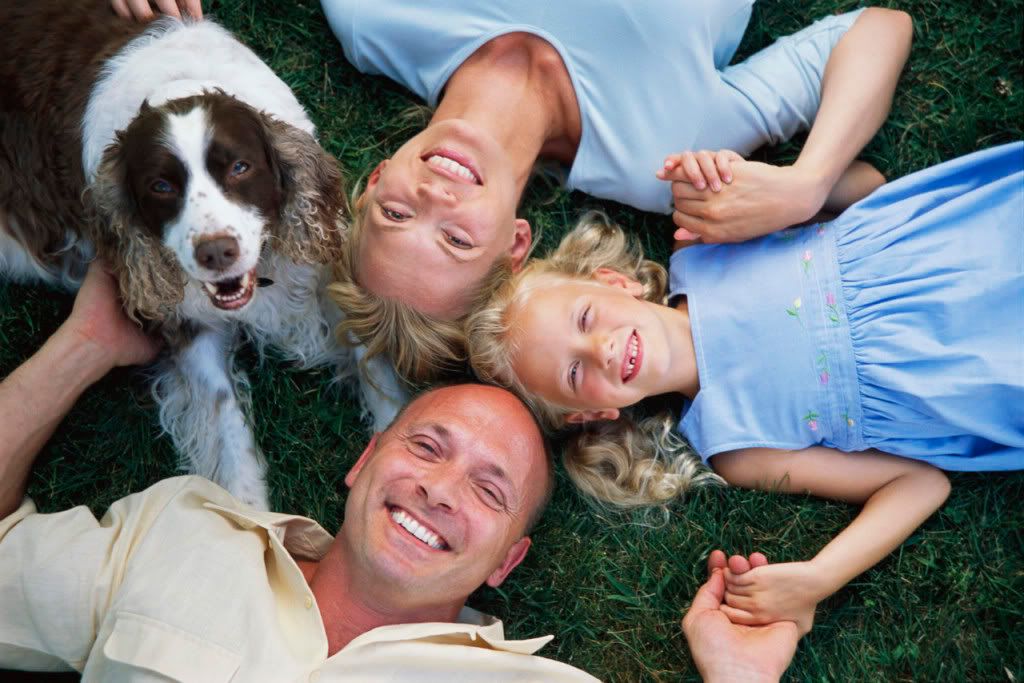One of the first things I like to train domestic animals is to respond to a “look at me” or “watch me” command. The above video shows one trainer’s strategy to accomplish this task.
In some species, such as dogs, eye contact often has to be trained since direct eye contact is not always appropriate for a subordinate animal to use with a dominant animal.
This is why many puppies will look away or turn their head away from you if you gaze into their face.
Each trainer develops his or her own strategy but I also like to pair this strategy with the animal’s name so that the critter turns and pays attention to his or her name.
One advantage of not using a verbal cue is that the behavior occurs without a request.
I tend to not use cues on such things such as gate crashing (or door dashing) because I want them to occur whether or not they get a cue and so the default behavior is to wait for a release word to pass through the boundary limit.
Also, I don’t do long sessions but encourage frequent, short sessions that end at each level of the criteria established prior to training.
If you signed up for the email newsletter you do get access to my introduction to animal behavior class for dog training students which talks about this and how to work successfully through distraction levels.
So, have you trained this behavior? If so, please share your strategy or challenges in the comments.


